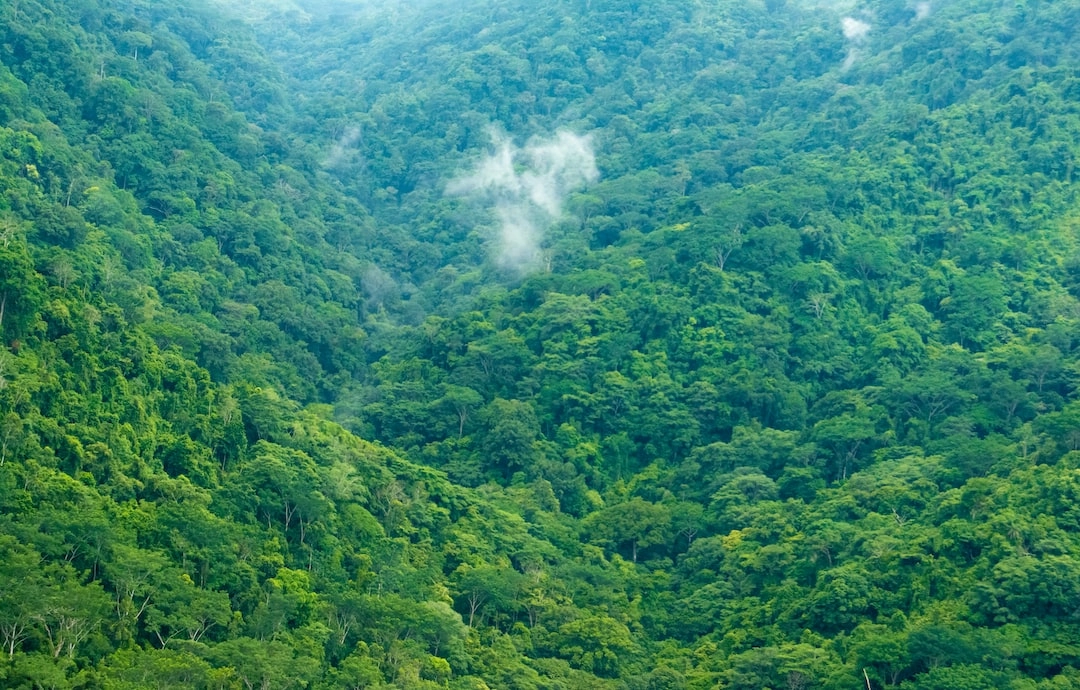
What is Biodiversity?
Biodiversity refers to the variety of life on Earth, including all living organisms such as plants, animals, fungi, and microorganisms, as well as the ecosystems they inhabit. It encompasses the range of species, their genetic diversity, and the different habitats and ecosystems that support this diversity. Biodiversity is vital for the health and functioning of ecosystems, providing essential services such as pollination, water purification, and carbon sequestration.
Real-world Problems Associated with Biodiversity
Unfortunately, biodiversity is facing significant threats worldwide, predominantly due to human activities. Here are some of the most pressing problems:
Habitat Loss and Fragmentation
Biodiversity loss occurs when natural habitats are destroyed, degraded, or fragmented. This is primarily driven by activities such as deforestation, urbanization, and conversion of land for agriculture or infrastructure development. As habitats shrink and become fragmented, many species struggle to survive, leading to population declines and, in some cases, extinction.
Invasive Species
Invasive species are non-native organisms that are introduced into new environments, often by human activities. These species can outcompete native species, disrupt ecological processes, and alter the structure and functioning of ecosystems. Invasive species can have devastating effects on native biodiversity, as they often lack natural predators and can multiply rapidly.
Pollution and Contamination
Pollution, including air and water pollution, poses a significant threat to biodiversity. Toxic substances, such as industrial chemicals and pesticides, can accumulate in ecosystems, harming and killing plants, animals, and microorganisms. Pollution not only affects individual species but can also disrupt entire food chains and ecological relationships.
Overexploitation and Illegal Wildlife Trade
Many species are exploited for their economic value, leading to overhunting, overfishing, and illegal wildlife trade. This can push species to the brink of extinction, disrupt ecosystems, and undermine biodiversity conservation efforts. The demand for products derived from wildlife, such as ivory, exotic pets, and traditional medicines, drives illegal trade and puts immense pressure on many species.
Climate Change
Climate change is a global issue that affects biodiversity in various ways. Rising temperatures, changing precipitation patterns, and extreme weather events can alter ecosystems and disrupt the natural habitats of many species. As temperatures increase, species may struggle to adapt or migrate to more suitable habitats, potentially leading to shifts in ecosystems and loss of biodiversity.

Solutions to Biodiversity Loss
Preserving biodiversity requires collective efforts and a comprehensive approach. Here are some key solutions to address the problems associated with biodiversity loss:
Habitat Conservation and Restoration
Protecting existing habitats and restoring degraded ones is crucial for safeguarding biodiversity. This involves establishing protected areas, implementing land-use planning that prioritizes conservation, and promoting sustainable agriculture and forestry practices that minimize habitat destruction.
Invasive Species Control
Efforts should be made to prevent the introduction of invasive species and manage existing populations. This can involve early detection and rapid response strategies, as well as implementing measures to mitigate the impact of invasive species on native biodiversity.
Reducing Pollution and Contamination
By reducing pollution and adopting more sustainable practices, we can minimize the negative impacts on biodiversity. This includes adopting cleaner technologies, promoting waste management and recycling, and implementing stricter regulations on the use of harmful chemicals.
Sustainable Resource Management
Promoting sustainable resource management practices can help prevent overexploitation of species and ecosystems. This includes implementing responsible fishing and hunting practices, supporting sustainable agriculture and forestry methods, and promoting the sustainable use of natural resources.
Addressing Illegal Wildlife Trade
To combat illegal wildlife trade, governments, international organizations, and communities need to work together. This involves strengthening law enforcement, raising awareness about the consequences of wildlife trade, and supporting alternative livelihoods for communities heavily dependent on such trade.
Climate Change Mitigation and Adaptation
Tackling climate change is crucial for preserving biodiversity. Efforts to reduce greenhouse gas emissions, transition to renewable energy sources, and enhance climate resilience can help minimize the impacts of climate change on ecosystems and species.















